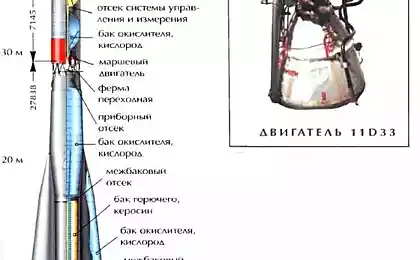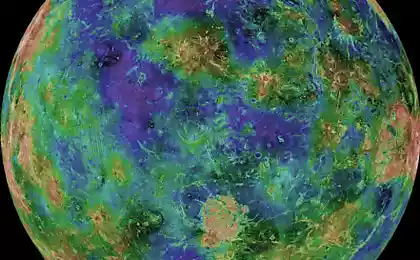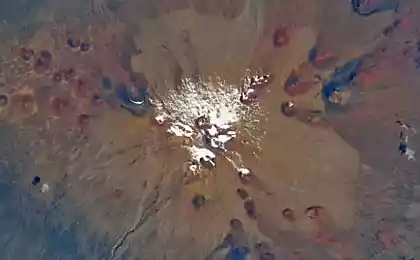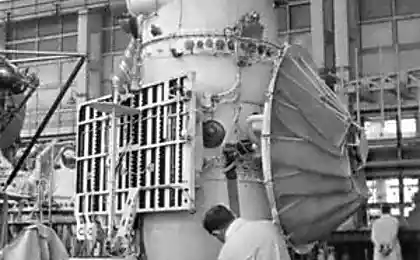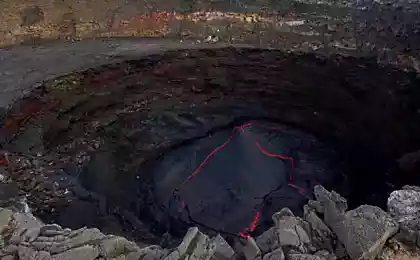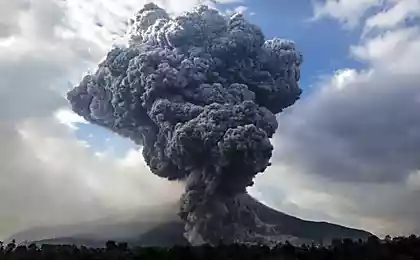752
Scientists have proven the presence of volcanic activity on Venus
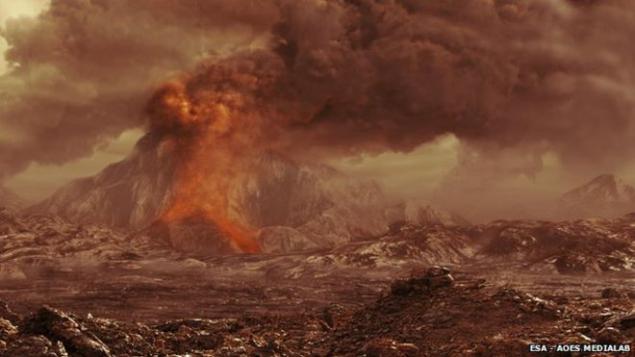
of the Venusian volcanoes in the representation of the artist i>
The spacecraft of the European Space Agency (ESA) Венера-экспресс (Venus Express, VEX) обнаружил One of the most compelling to date confirm the presence of volcanic activity on Venus. Using the camera spacecraft, shoot in the near-infrared part of the spectrum, an international team of scientists have noticed on the surface of the planet local changes in brightness of some sections of the surface of the photographs, which were made with a difference of just a few days.
While people's attention focused on Mars and distant planets ( mission to Pluto, such ), very little news coming from our blizhayshey neighbor, Venus . This planet is almost exactly the same size as Earth, and it also has an internal heat source that heats her greatly. Presumably, such sources are radioactive decay processes. And this energy must somehow go outside.
One of the long-standing assumption is that she is released due to volcanic eruptions on the planet. But it is extremely dense atmosphere of Venus does not allow us to consider that any detail on its surface. Early studies using radar showed that it has as volcanoes and solidified lava flows.
In 2010, a study was published, tells that the infrared radiation emanating from the three volcanic regions, different from the radiation area around them. This information was interpreted as confirming the presence of a relatively young lava flows (2.5 million years), but the presence of current volcanic activity that has not been confirmed.
In 2012, another study noted a sharp jump in the concentration of sulfur dioxide in the atmosphere - the content has increased in 2006-2007, and then began to decrease. This could be explained by a change in wind direction, but most likely, this is indicative of a strong volcanic activity.
Now a group of scientists has managed to consider opened in the dense atmosphere of Venus "window", transparent to radiation in the near-infrared part of the spectrum, rapid changes in the planet's surface.
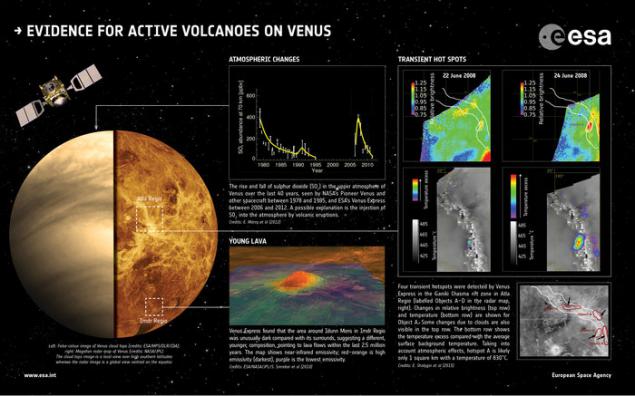
Ikonografika on (clickable)
"We have seen a few times as a certain place on the planet suddenly becomes very hot and cools down again, - says Eugene Shalygin from the German Research Institute for Solar System to them. Max Planck. - These "hot spots" are located in areas of tectonic activity, we know from the data received from the radar. But the first time we noticed there are extreme changes in temperature ».
These sites are located in the canyon Ganiki Ozzano near a volcano Maat Mons and Mons. In these places there are faults of the planetary crust through which magma is just and must penetrate the surface. Observed hot areas were quite small, about one square kilometer. Their temperature of 830 ° C is much higher than the average ambient temperature of 480 ° C.

Canyon i>
Canyon Ganiki and before that was considered areas with the highest geological activity on the planet. As one of the scientists working on the project, Venus can be officially invited to the small club volcanically active planets in the solar system.
Source: geektimes.ru/post/252350/
Armchair LeanChair for standing at an angle
Scientists have managed to convert brain signals into words

